44 understanding food nutrition labels
Understanding Food Nutrition Labels | Sanford Fit Vitamin D, potassium, calcium, and iron are listed on the nutrition label as these are nutrients that can often be lacking in a child's food choices. Choose foods that are: Higher in dietary fiber, vitamin D, calcium, iron, and potassium. Lower in saturated fat, sodium, and added sugars. Sugar Content Sugars can be harder to understand. How to Understand and Use the Nutrition Facts Label | FDA - U.S. Food ... Dietary fiber, vitamin D, calcium, iron ad potassium are nutrients on the label that Americans generally do not get the recommended amount of. They are identified as nutrients to get more of....
Understanding Food Nutrition Labels - Calorie Control Council Always looking at the Nutrition Facts label helps cut through the buzzword jargon. First, it's important to understand that sugar is not fat. Sugar is listed under the carbohydrates, which is also where you find fiber. When looking to reduce your calorie intake, choosing items using low calorie sweeteners like allulose really come in handy.

Understanding food nutrition labels
Understanding Food & Nutrition Labels - Mount Carmel Blog These are some of the key terms you'll read on food labels and what they actually mean. Gluten-free. Gluten-free products are those that contain no gluten and are considered safe to consume by those with gluten intolerances or those who would like to avoid it. Organic. To earn the organic label, foods and products must contain at least 95% ... Understanding Food Nutrition Labels - Professional Heart Daily ... Learn what to look for on the label. 1 - Start with the serving information at the top. This will tell you the size of a single serving and the total number of servings per container (package). 2 - Next, check total calories per serving and container. Food Labels 101: Understanding the Nutrition Facts Label Nutrition labels are based on a daily 2,000 calorie diet. Depending on your age, gender and activity level, you may need to consume more or less than 2,000 calories per day, so keep this in mind when viewing each label. Now let's take a look at the parts of the nutrition facts label and break it all down. Anatomy of a Nutrition Facts Label
Understanding food nutrition labels. Understanding Food Labels | Extension | West Virginia University The % Daily Value helps consumers determine whether a serving of food is high or low in a nutrient. It is a good, quick guide. As a general rule, 20% or more of a nutrient is high and 5% or less is low. For example, if the Total Fat is 5% or less, that's great - it means it is low in fat. If the Total Fat is 21%, that is not good - it ... Understanding Ingredients on Food Labels - American Heart Association Understanding Ingredients on Food Labels. Food labels are an important source of information about calories and the nutritional value of the foods you eat, a crucial tool in building a heart-healthy diet. The Nutrition Facts information is always displayed in the same orderly fashion and helps you understand how much of certain nutrients that ... Understanding Food Labels | The Nutrition Source | Harvard T.H. Chan ... The label lists the calorie amount for one serving of food. The serving size, also important but often unnoticed, is easily doubled or tripled when not paying attention to the serving size, quickly inflating the calories. Highlighting both of these values emphasizes their importance and relationship. Reading Food Labels | ADA - American Diabetes Association Put food labels to work The Nutrition Facts labels on foods are really the key to making the best choices. We'll cover the basics so that these labels make shopping easier for you. Get started Understanding Carbs You've heard it all. From carb-free to low-carb, to whole and empty carbs, it's hard to know what it all means. Learn more
Food Labels | CDC - Centers for Disease Control and Prevention Understanding the Nutrition Facts label on food items can help you make healthier choices. The label breaks down the amount of calories, carbs, fat, fiber, protein, and vitamins per serving of the food, making it easier to compare the nutrition of similar products. Ag's Cool - Nutrition - Understanding food labels The label lists total fat, saturated fat, cholesterol and sodium because people eat too much of these. Fiber, vitamins A and C, calcium and iron are listed because people do not eat enough of these everyday. You should try to eat at least 100% of the daily value of each of these everyday. Fat, saturated fat, cholesterol, total carbohydrate ... How to understand food labels | Eat For Health The Nutrition Information Panel on a food label offers the simplest and easiest way to choose foods with less saturated fat, salt (sodium), added sugars and kilojoules, and more fibre. It can also be used to decide how large one serve of a food group choice or discretionary food would be and whether it's worth the kilojoules. PDF EVERYDAY NUTRITION Understanding Food Labels Understanding Food Labels COUNT The number of calories your body needs on a daily basis depends on your age, gender, and level of physical activity. ... Child Nutrition labels do NOT indicate that a product is healthy. CN labels are mainly used on processed meats and meat alternate products. If using CN labeled foods, always read the nutrition ...
Understanding Food Nutrition Labels - American Heart Association Learning how to read and understand food labels can help you make healthier choices. Here are some tips from the American Heart Association for making the most of the information on the Nutrition Facts label. Learning how to understand and use the Nutrition Facts label can help you make healthier eating. Understanding Food Labels - Nutrition: Science and Everyday Application ... The FDA uses the following definitions for interpreting the %DV on food labels:4 5%DV or less means the food is low in a nutrient. 10% to 19%DV means the food is a "good source" of a nutrient. 20%DV or greater means the food is high in a nutrient. Understanding food labels - Canada.ca Nutrients About nutrients, fats, vitamins on nutrition facts table, on packaged foods. Nutrient content claims Meaning of fat-free, no added sugar, low sodium, other nutrient content claims. Percent daily value How to calculate % daily value on a nutrition facts table, how to use % daily value. About food labels understanding food labels worksheet 35 Reading Food Label Worksheet - Best Labeling Ideas. 16 Pictures about 35 Reading Food Label Worksheet - Best Labeling Ideas : UNDERSTANDING FOOD LABELS - MAKE THE BEST FOOD DECISIONS | Nutrition, Medicine Labels: Ingredients, Directions & Purpose | Study.com and also Bewitching How to Read a Food Label Lesson Plan | Simmmons Blog.
Understanding Food Labels - Nutrition: Science and Everyday Application The value printed on the Nutrition Facts panel is the percent DV, which tells you how much one serving of the food contributes towards meeting the daily requirement for that nutrient. The FDA uses the following definitions for interpreting the %DV on food labels:4. 5%DV or less means the food is low in a nutrient.
Understanding Food Labels in Canada - Unlock Food As of December 2005, all major food companies introduced the new nutrition label on their packaged foods. The main part of the new label is the Nutrition Facts Table, which gives you the following information: Calories and 13 nutrients: Fat, Saturated fat, Trans fat, Cholesterol, Sodium, Carbohydrate, Fibre, Sugars, Protein, Vitamin A, Vitamin C, Calcium and Iron.

Food Labels Decoded: Demystifying Nutrition and Ingredient Information on Packaged Foods. A Guide to Understanding Food Labels. (Food and Nutrition ...
Understanding Food Nutrition Labels | American Heart Association Learn what to look for on the label. 1 - Start with the serving information at the top. This will tell you the size of a single serving and the total number of servings per container (package). 2 - Next, check total calories per serving and container.
Food Labels 101: Understanding the Nutrition Facts Label Nutrition labels are based on a daily 2,000 calorie diet. Depending on your age, gender and activity level, you may need to consume more or less than 2,000 calories per day, so keep this in mind when viewing each label. Now let's take a look at the parts of the nutrition facts label and break it all down. Anatomy of a Nutrition Facts Label
Understanding Food Nutrition Labels - Professional Heart Daily ... Learn what to look for on the label. 1 - Start with the serving information at the top. This will tell you the size of a single serving and the total number of servings per container (package). 2 - Next, check total calories per serving and container.
Understanding Food & Nutrition Labels - Mount Carmel Blog These are some of the key terms you'll read on food labels and what they actually mean. Gluten-free. Gluten-free products are those that contain no gluten and are considered safe to consume by those with gluten intolerances or those who would like to avoid it. Organic. To earn the organic label, foods and products must contain at least 95% ...

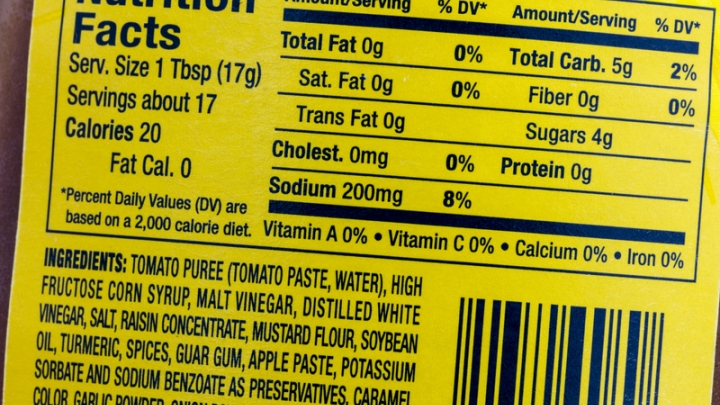
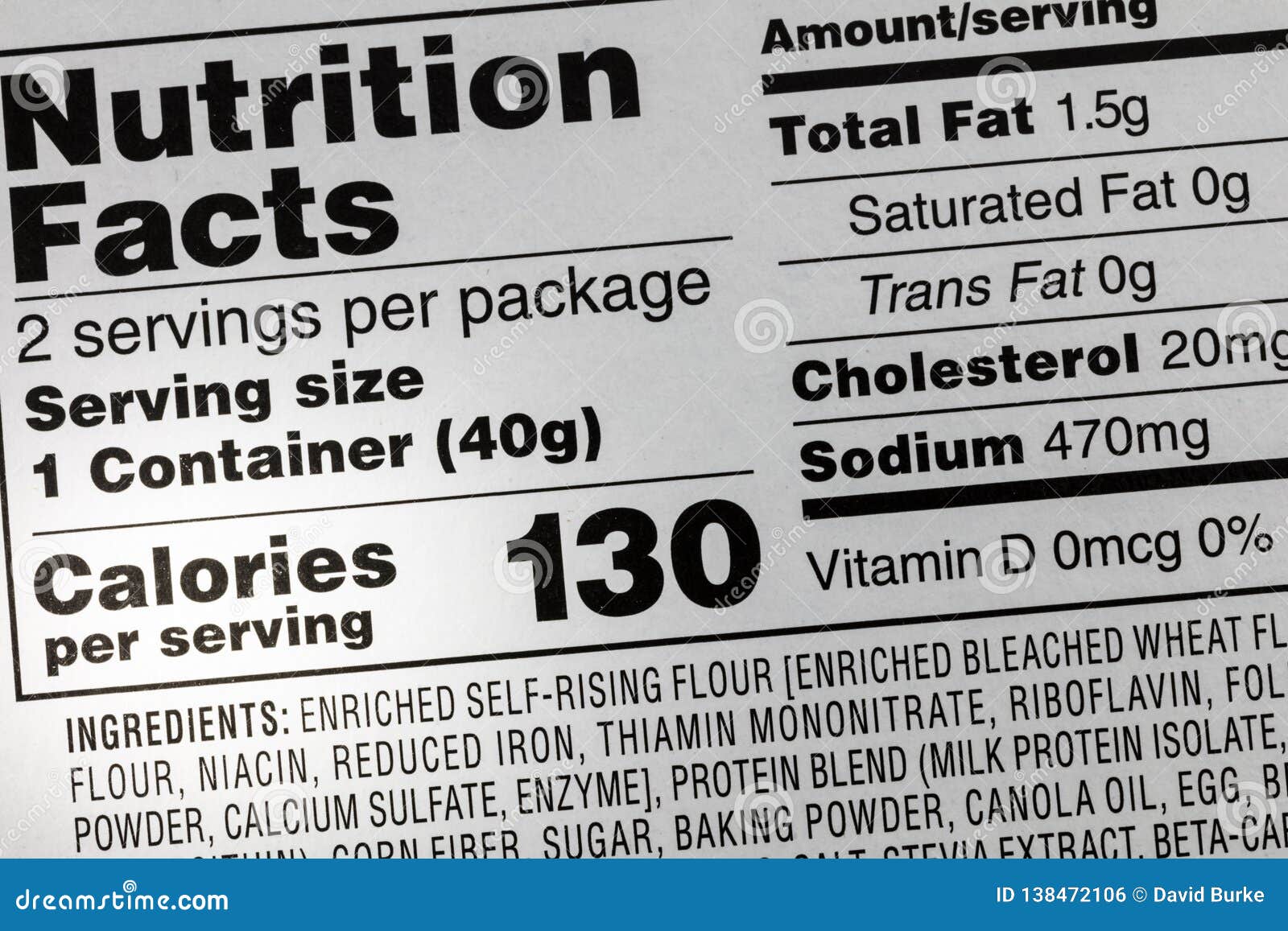
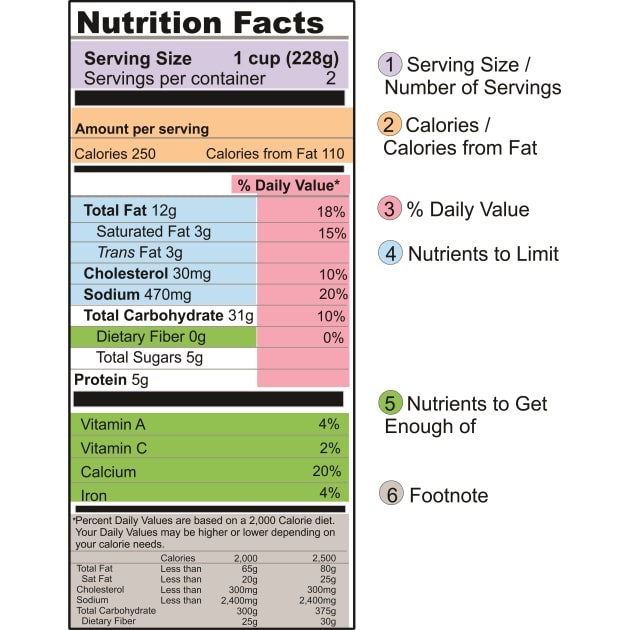



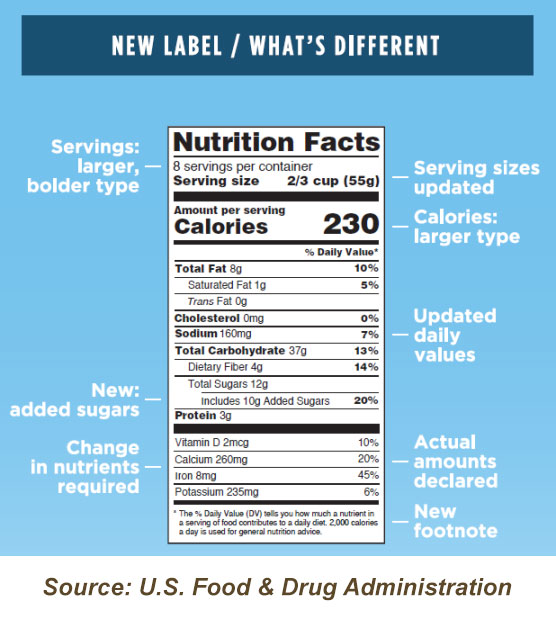
















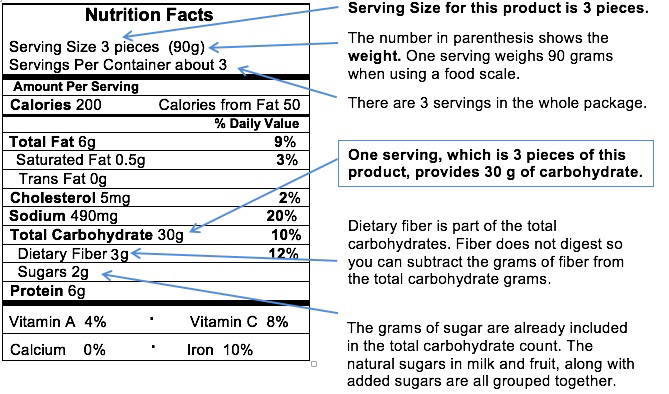
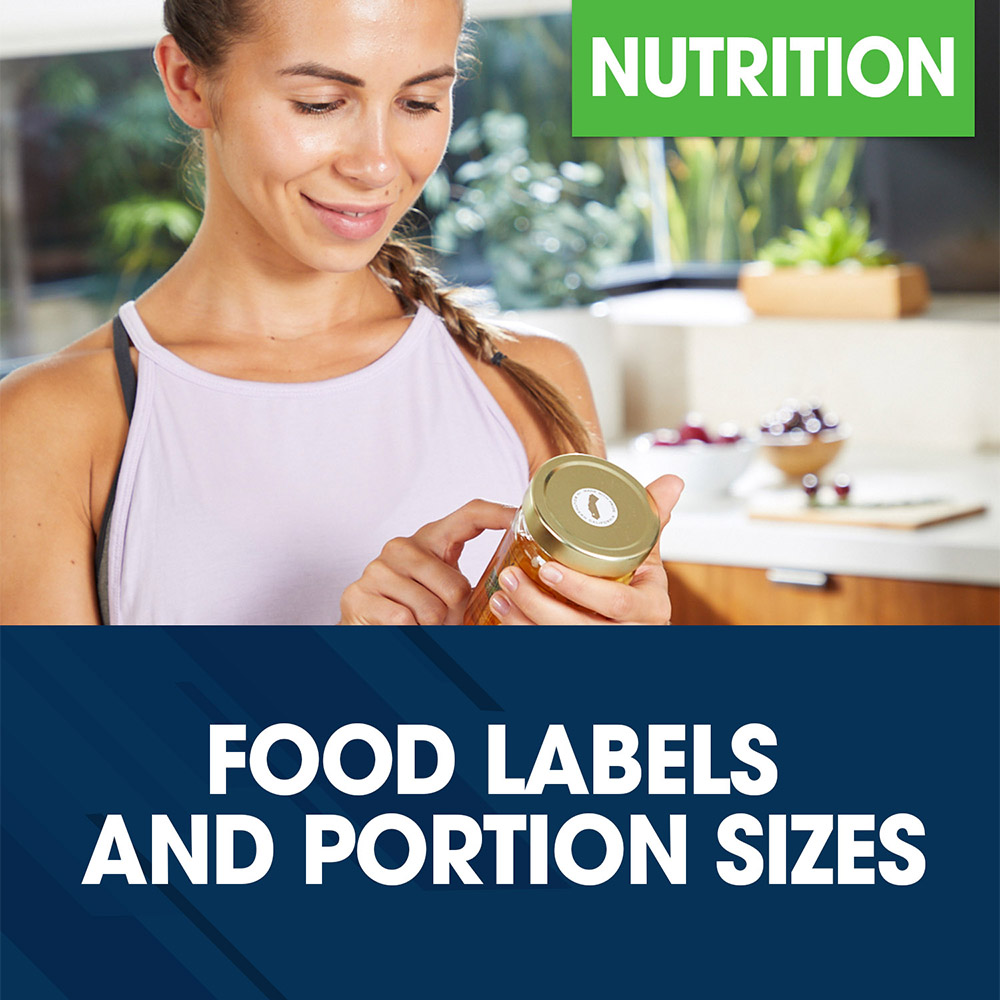
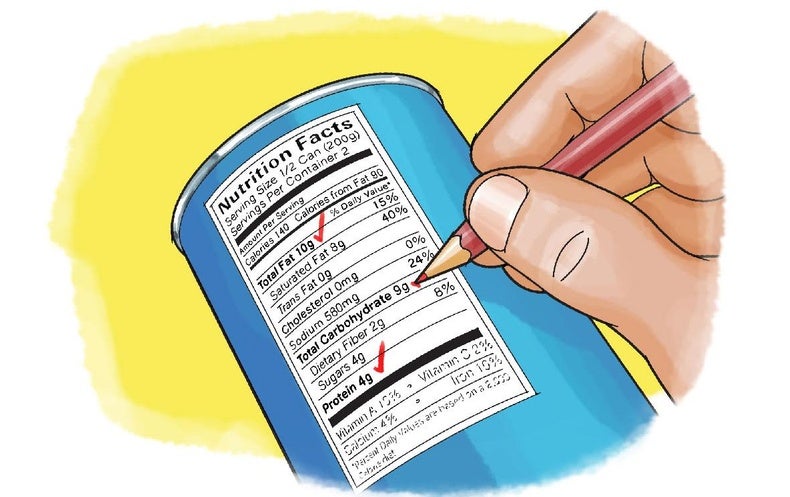


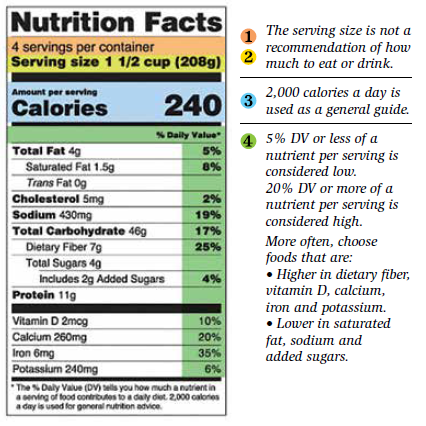


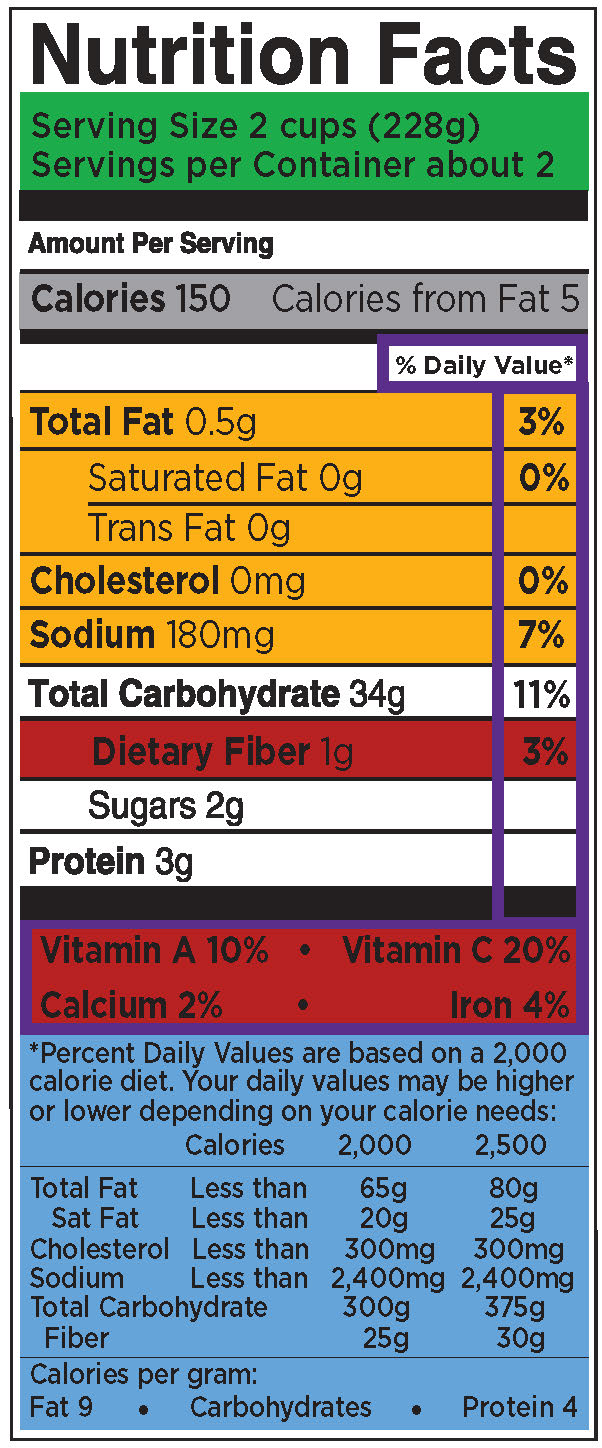
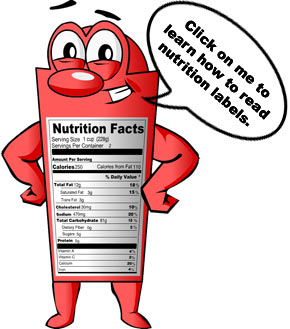


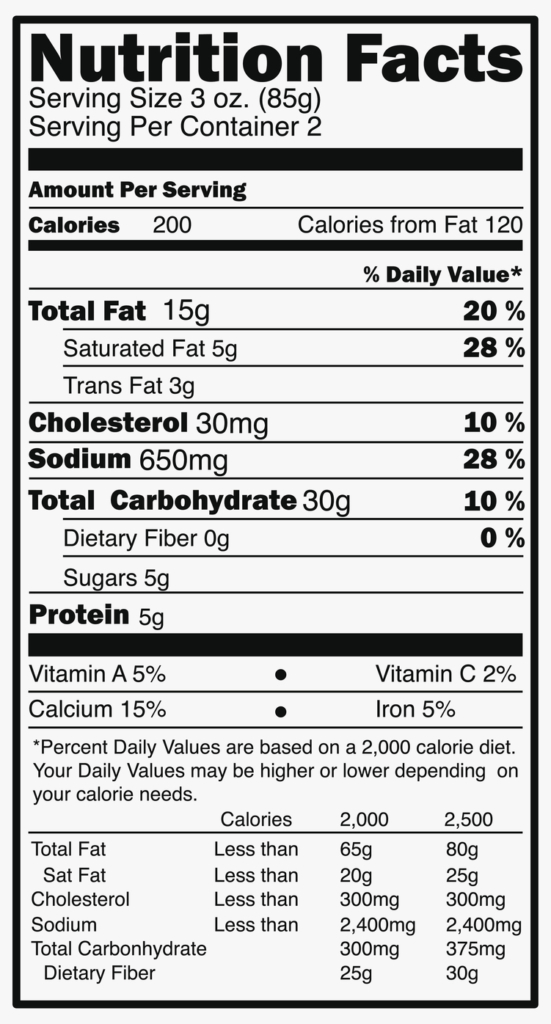

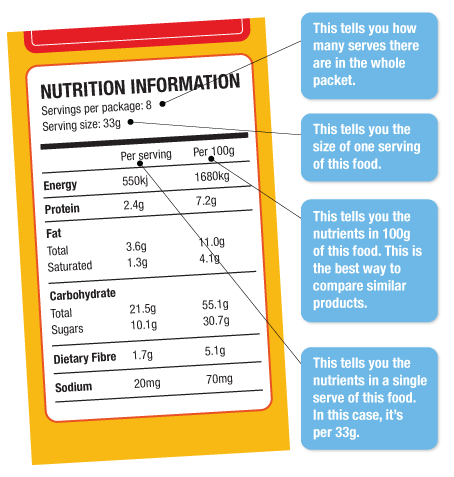
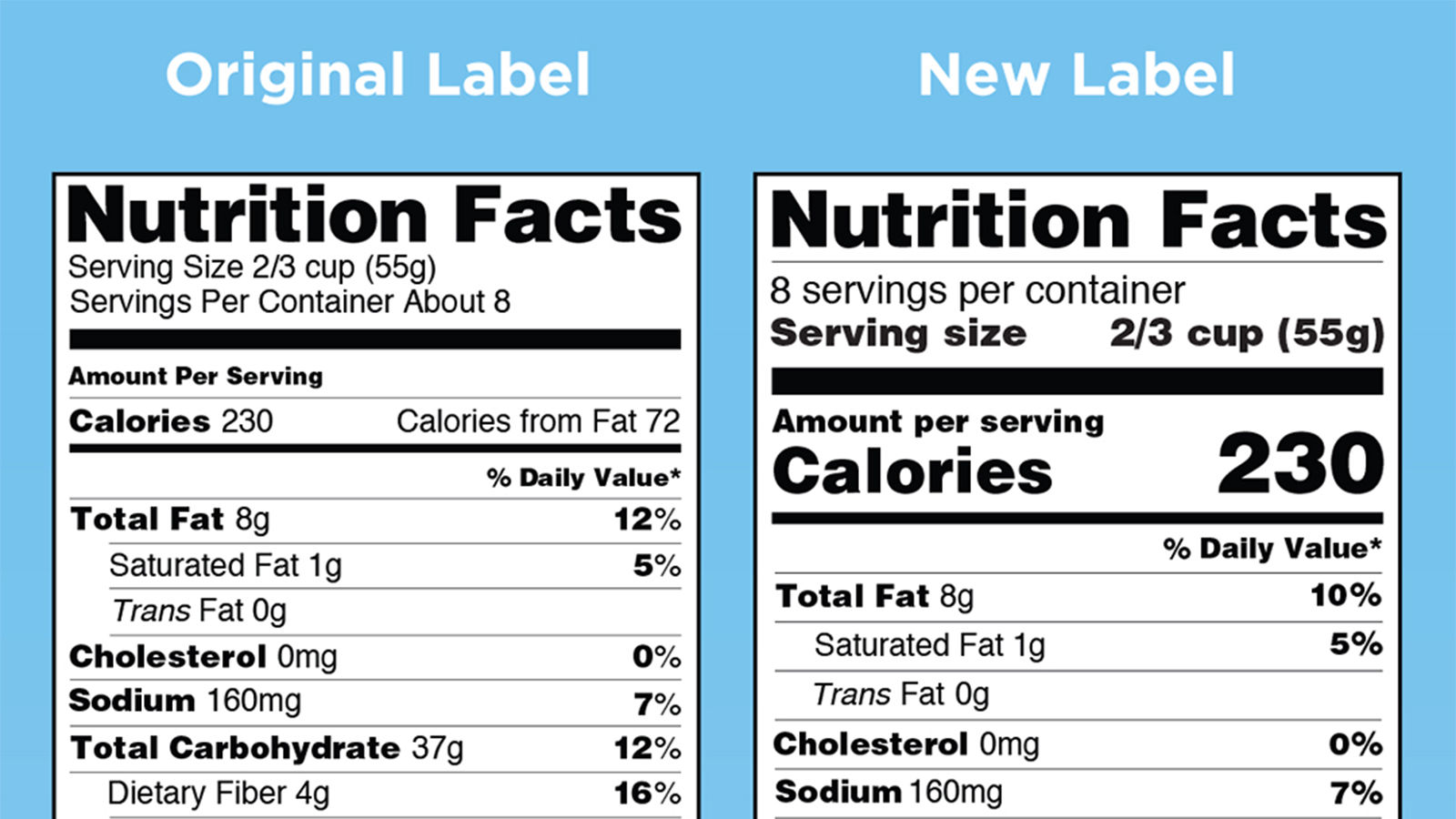
Post a Comment for "44 understanding food nutrition labels"